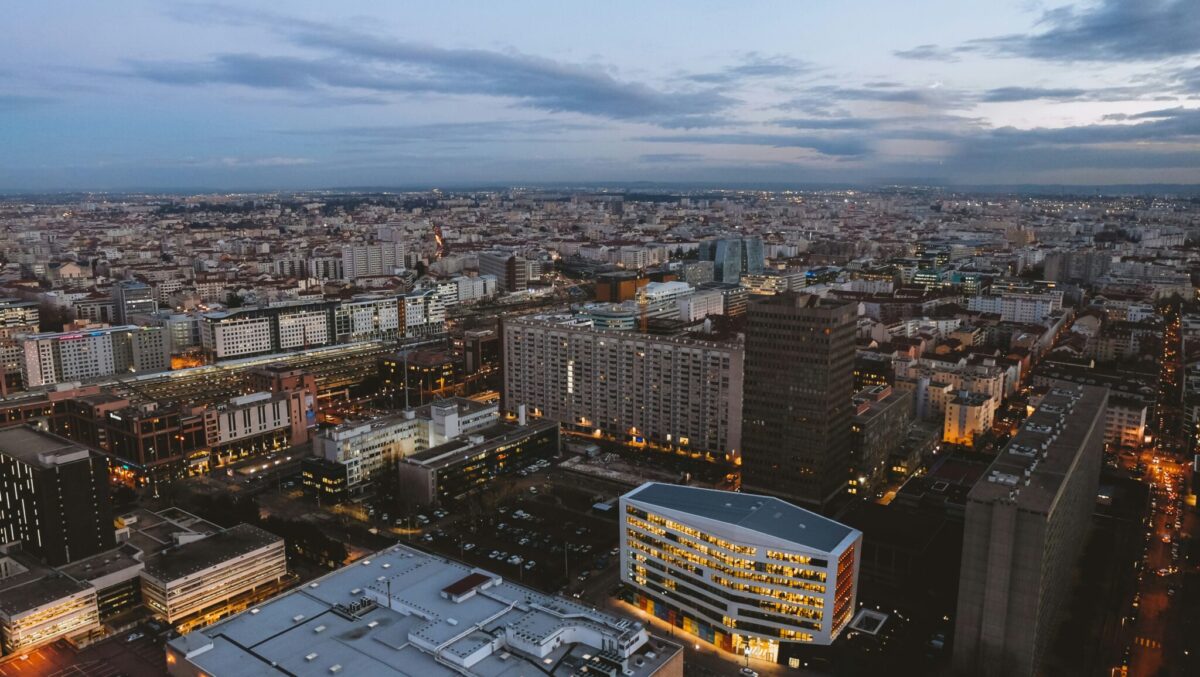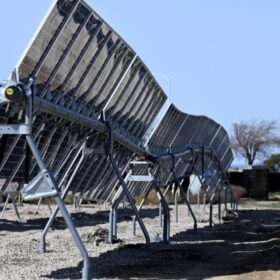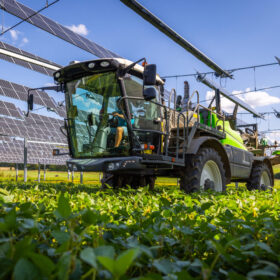A research team led by scientists from the University of New South Wales (UNSW) in Australia investigated the effects of rooftop photovoltaic solar panels on urban temperatures, energy balances, and cooling demand. Their study focused on Lyon, France, using high-resolution simulations with the Weather Research and Forecasting (WRF) model.
“In light of the diverse and sometimes conflicting findings in the literature, it is clear that the environmental impacts of RPVSPs in urban settings are multifaceted and strongly context dependent,” the researchers noted. “Using a realistic urban configuration for Lyon, this work aims to improve understanding of how RPVSP integration affects both thermal and energy dynamics across day and night cycles.”
The team employed WRF with a nested domain strategy comprising three domains: an outer domain with a 3.5 km resolution, a second domain at 1.17 km, and an innermost urban domain at roughly 390 m. Land cover data combined points from the Copernicus Global Land Cover (CGLC) dataset with local climate zone (LCZ) classifications.
The scenarios examined rooftop coverage levels of 25%, 60%, and 100%. For all cases, the PV panels were modeled with an albedo of 0.11, upper-face emissivity of 0.79, downward-face emissivity of 0.95, and conversion efficiency of 0.19. The cell depth was set at 6.55 mm, with a temperature coefficient of 0.0045 °C. Simulations were run for two periods: August 14–20, 2023, and March 26–31, 2023.
Results showed that with 100% rooftop coverage, rooftop PV systems induced localized daytime warming, increasing near-surface air temperatures by up to 0.72 C. At 25% and 60% coverage, 2-meter air temperatures rose by 0.2 C and 0.48 C, respectively. At night, however, the panels produced a cooling effect: near-surface air temperatures decreased by up to 0.42 C under full coverage, 0.3 C at 60%, and 0.27 C at 25%.
“In terms of building performance, rooftop PV systems lowered daytime roof surface temperatures by an average of 2.09 C under full coverage, which translated into nearly a 5% reduction in daytime air-conditioning demand,” the scientists explained. “However, reduced nighttime radiative cooling led to a slight rise in roof surface temperatures of 1.61 C, marginally increasing nighttime cooling loads. Importantly, electricity generated by RPVSPs significantly offset consumption: at 100% coverage, panels produced an average of 227.7 Wh m2, offsetting 85.9% of the total daily air-conditioning demand of 265.1 Wh m2.”
The findings appeared in “Urban photovoltaics reshape radiative–convective fluxes and cooling energy demand in cities,” published in Solar Energy. Researchers from Australia’s University of New South Wales, France’s University Savoie Mont Blanc, and India’s University of Calcutta have participated in the study.
This research confirms what was reported by other scientists in 2024 and 2025.
This content is protected by copyright and may not be reused. If you want to cooperate with us and would like to reuse some of our content, please contact: editors@pv-magazine.com.








By submitting this form you agree to pv magazine using your data for the purposes of publishing your comment.
Your personal data will only be disclosed or otherwise transmitted to third parties for the purposes of spam filtering or if this is necessary for technical maintenance of the website. Any other transfer to third parties will not take place unless this is justified on the basis of applicable data protection regulations or if pv magazine is legally obliged to do so.
You may revoke this consent at any time with effect for the future, in which case your personal data will be deleted immediately. Otherwise, your data will be deleted if pv magazine has processed your request or the purpose of data storage is fulfilled.
Further information on data privacy can be found in our Data Protection Policy.